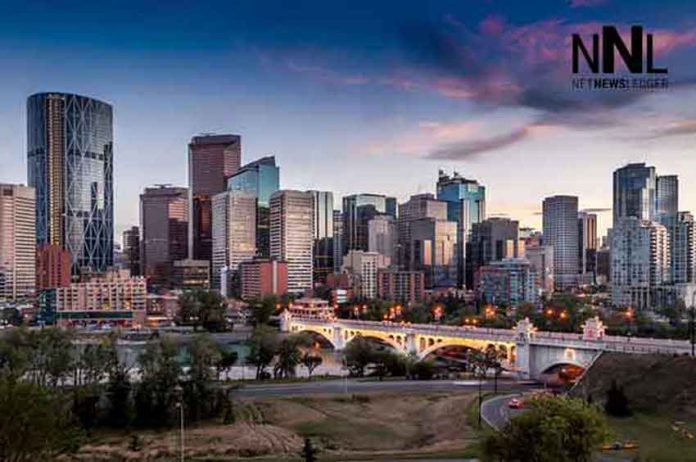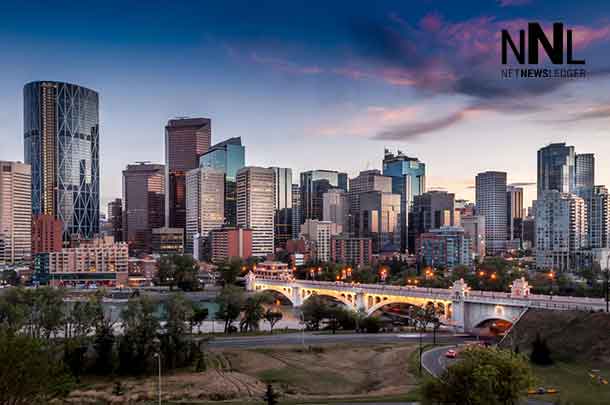Current Conditions
Overview
As of 4:00 AM MDT on Saturday, June 15, 2024, Calgary is experiencing mostly cloudy skies with a temperature of 10°C, as observed at Calgary International Airport. The wind is blowing from the north at 13 km/h, and the barometric pressure is 101.0 kPa and rising. Humidity is at 64%, and visibility is 16 km.
Detailed Forecast
Saturday, June 15
Calgary will see increasing cloudiness this morning with a 70% chance of showers and a risk of thunderstorms. The wind will shift to the southeast at 20 km/h, gusting to 40 km/h near noon, then becoming northeast at 20 km/h. The high temperature will reach 16°C, and the UV index will be low at 2.
Night: Expect rain with a risk of thunderstorms in the evening. Rainfall amounts will be between 10 to 15 mm. The wind will be from the northwest at 20 km/h, and the low will drop to 6°C.
Sunday, June 16
Rain will end near noon, followed by mainly cloudy skies with a 60% chance of showers and a risk of thunderstorms in the afternoon. Local rainfall amounts could reach 5 mm. Winds will be from the northwest at 30 km/h. The high temperature will be 10°C, and the UV index will be moderate at 5.
Night: Showers are expected with a low of 4°C.
Monday, June 17
Showers will continue with a high of 14°C.
Night: Cloudy periods with a 60% chance of showers and a low of 4°C.
Historical Weather Data
On June 15, the historical average high is 20.2°C, and the average low is 7.4°C. The highest temperature recorded on this date was 33.3°C in 1933, and the lowest was 0.0°C in 1905. The greatest precipitation recorded was 56.9 mm in 1905.
Wardrobe Suggestions
Given the forecast, it’s advisable to wear layers to stay warm, as temperatures will fluctuate throughout the day. A waterproof jacket and sturdy shoes are essential to keep dry during the rain showers. An umbrella might also be handy for unexpected rain, especially during potential thunderstorms.
Weather Trivia
Did you know? Calgary is known for its unpredictable weather, which can change drastically within a short period. This phenomenon is often attributed to the city’s proximity to the Rocky Mountains, which influence weather patterns and contribute to rapid changes in conditions.







